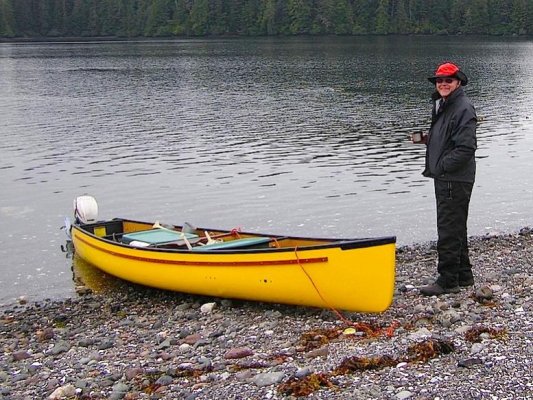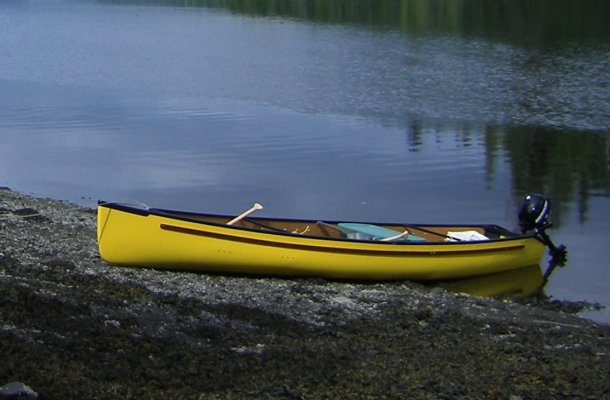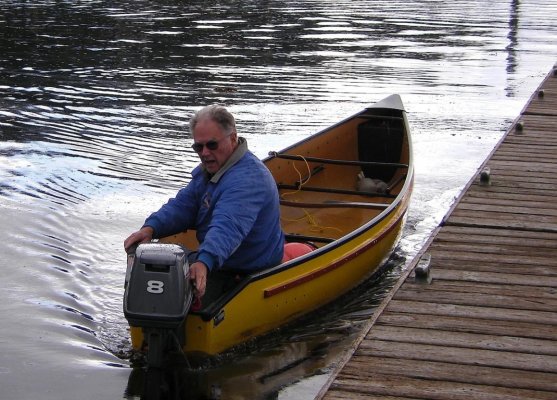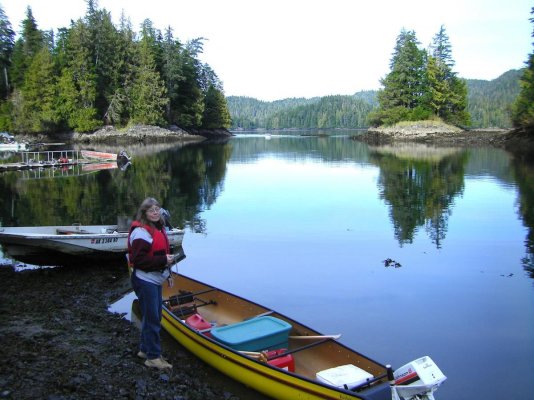To the OP,
Thanks for bringing back some great memories. When I think about how many miles I have towed canoes and how many endless days I have sat in canoes, I am reminded why I have a little grey hair and a sore back.
I grew up near an international National Park Wilderness that straddled the US/Canada border between MN and Ontario. It was the Boundary Waters Canoe Area Wilderness on the US side and Quetico Provincial Park on the Canadian side. The park was regulated in zones, motorized equipment was allowed near the exterior, limited horsepower in the intermediate zone and no motors in the interior of these parks that were over two million acres on the US side and more in Canada.
I guided fishing trips working for my parents resort for over a decade when I was younger. We would tow mostly a 19' Grumman square stern freighter canoe to where we had to drop horsepower, then run a 9.9 on the canoe to the interior where we had to paddle the beasts. Some times we did 17'double enders which were even more squirrely in tow.
I am with FF on this. Canoes generally have a little shallow keel full length. If this keel is in the water toward the front of the canoe, the canoe will want to start a sway that gets amplified over time until all hell breaks loose and you lose control of it. We would get enough speed to put some air under the bow and only the back half of the canoe had keel in the water and then they would tow ok with little to moderate cross wind. If cross wind was significant then it was a battle all the way and we would sometimes tack if it was bad enough. Six knots may be much more forgiving but we had fish to catch so there wasn't going to be any six knots happening.
Still, thinking about your question, I would put the bow in a U bracket on the swim step sticking far enough thru the bracket to get to where the bottom if flatter and the sides of the U bracket pinned the side to further reduce roll potential and tow this thing like a tail on the big boat.
I would only attach the canoe to each side of the U bracket at breakaway strength so that if you swamp the canoe from the back you only have a swamped canoe adrift to deal with rather than tearing the big boat limb from limb like something as heavy and with as much drag as a swamped canoe will have. If she swamps I want her to let go of the big boat and it could happen.
One further hint: if you get swamped you will only get the canoe rescued from totally upside down. roll her completely over and then break suction from one pointy end only, lift that end very high and then flip her over quickly and you will only have a little water left in it. There is usually a little floatation in both pointy ends.
Them were the days........






